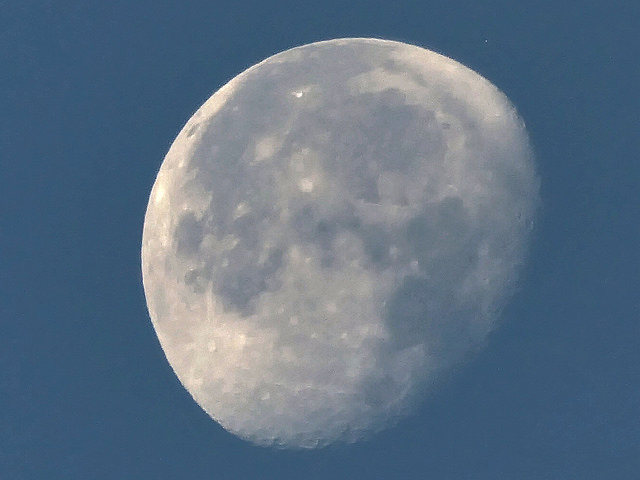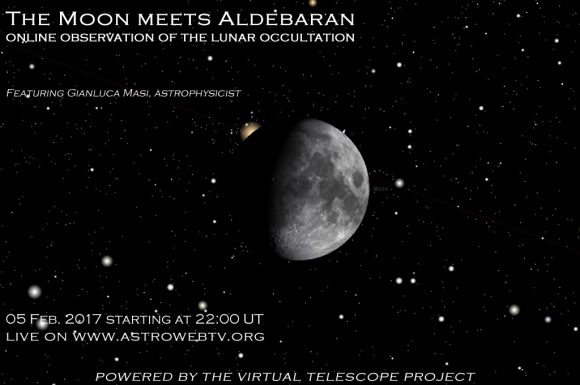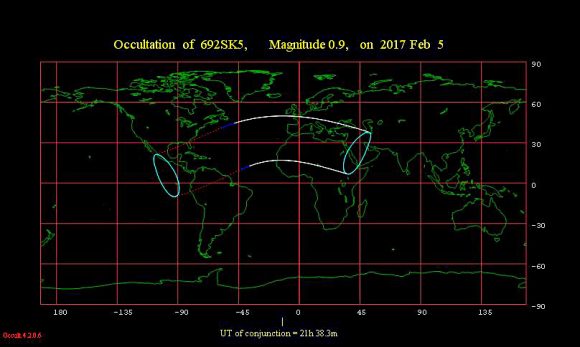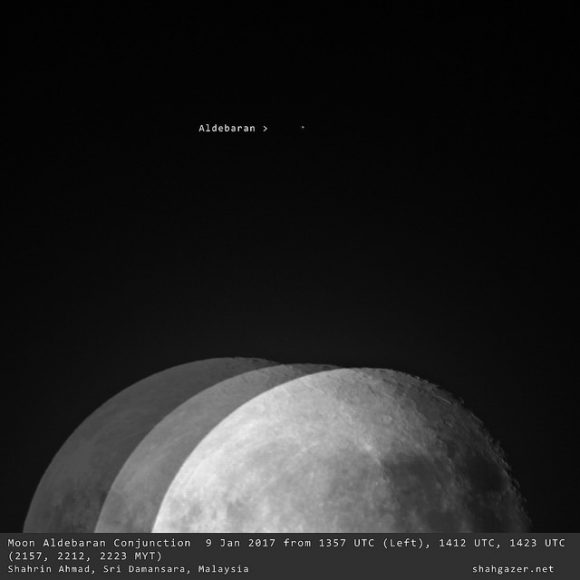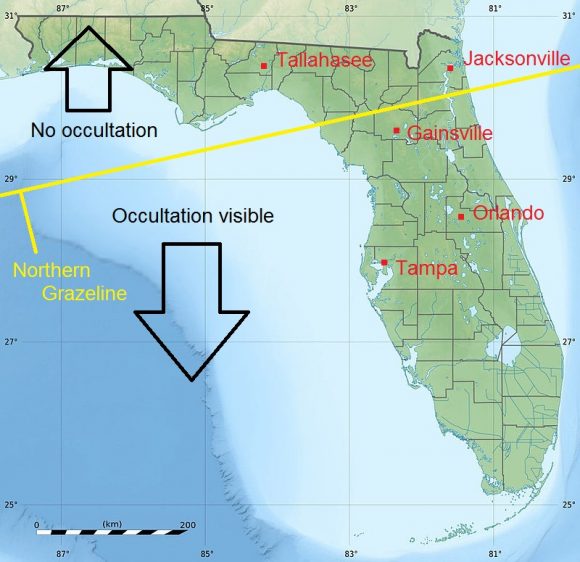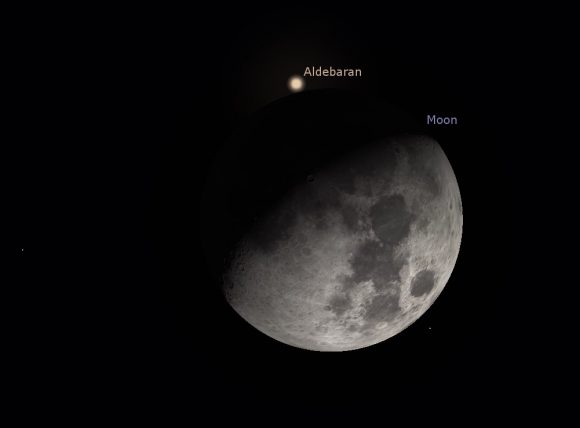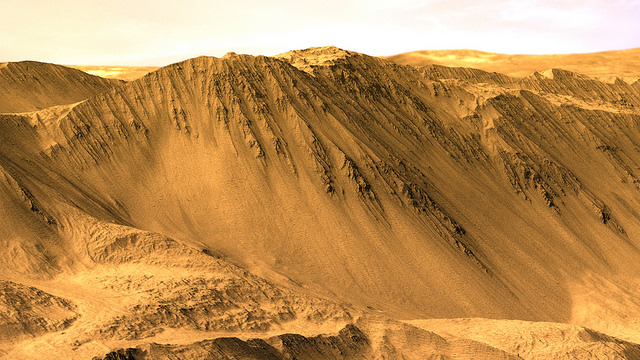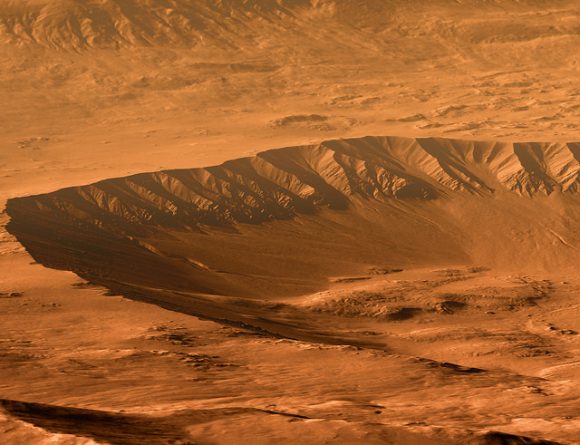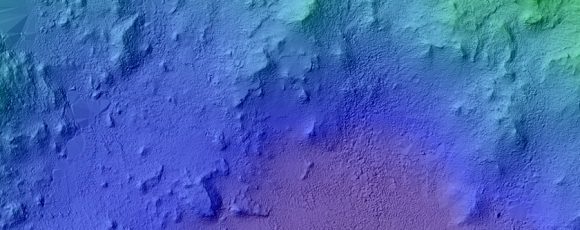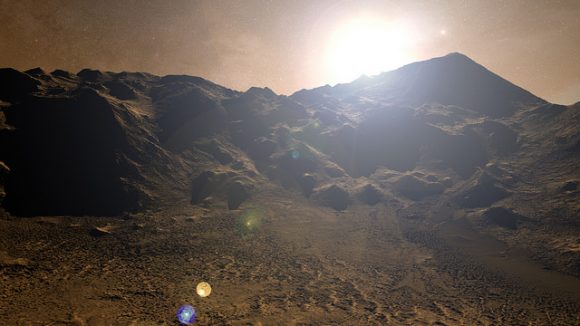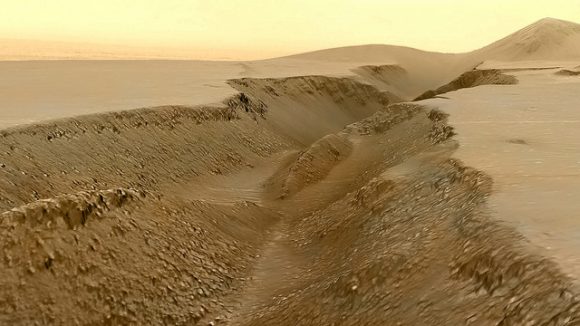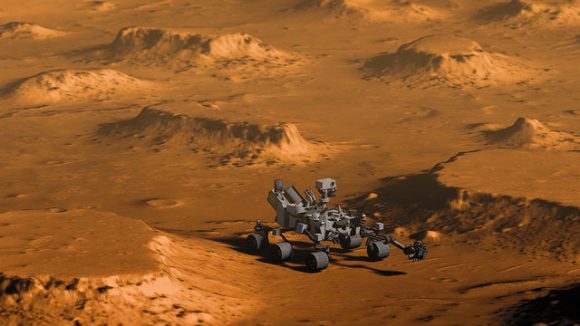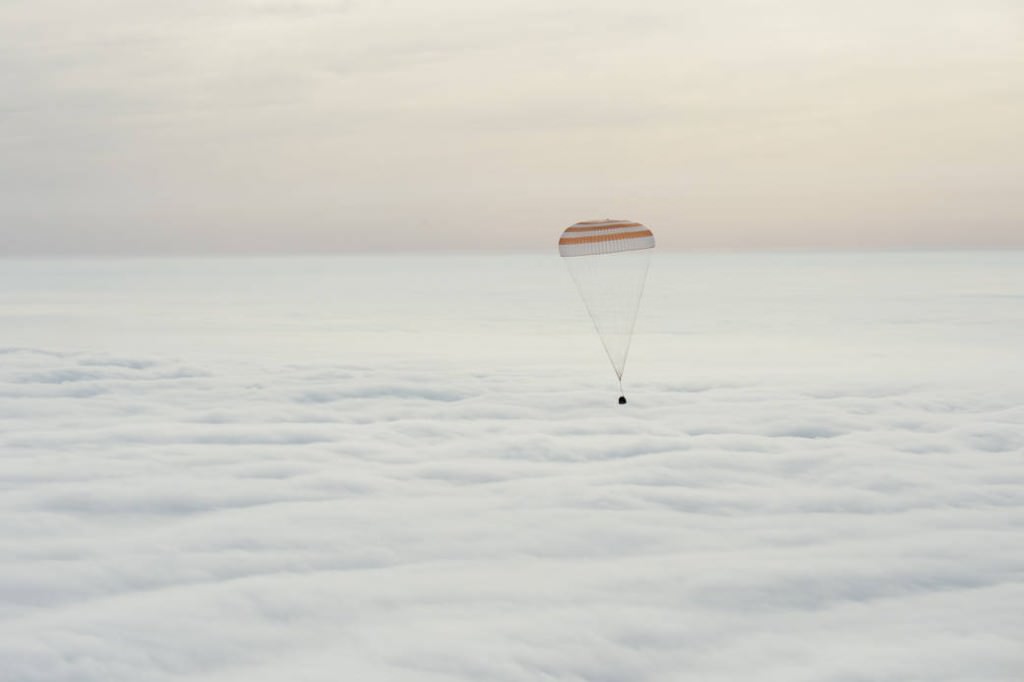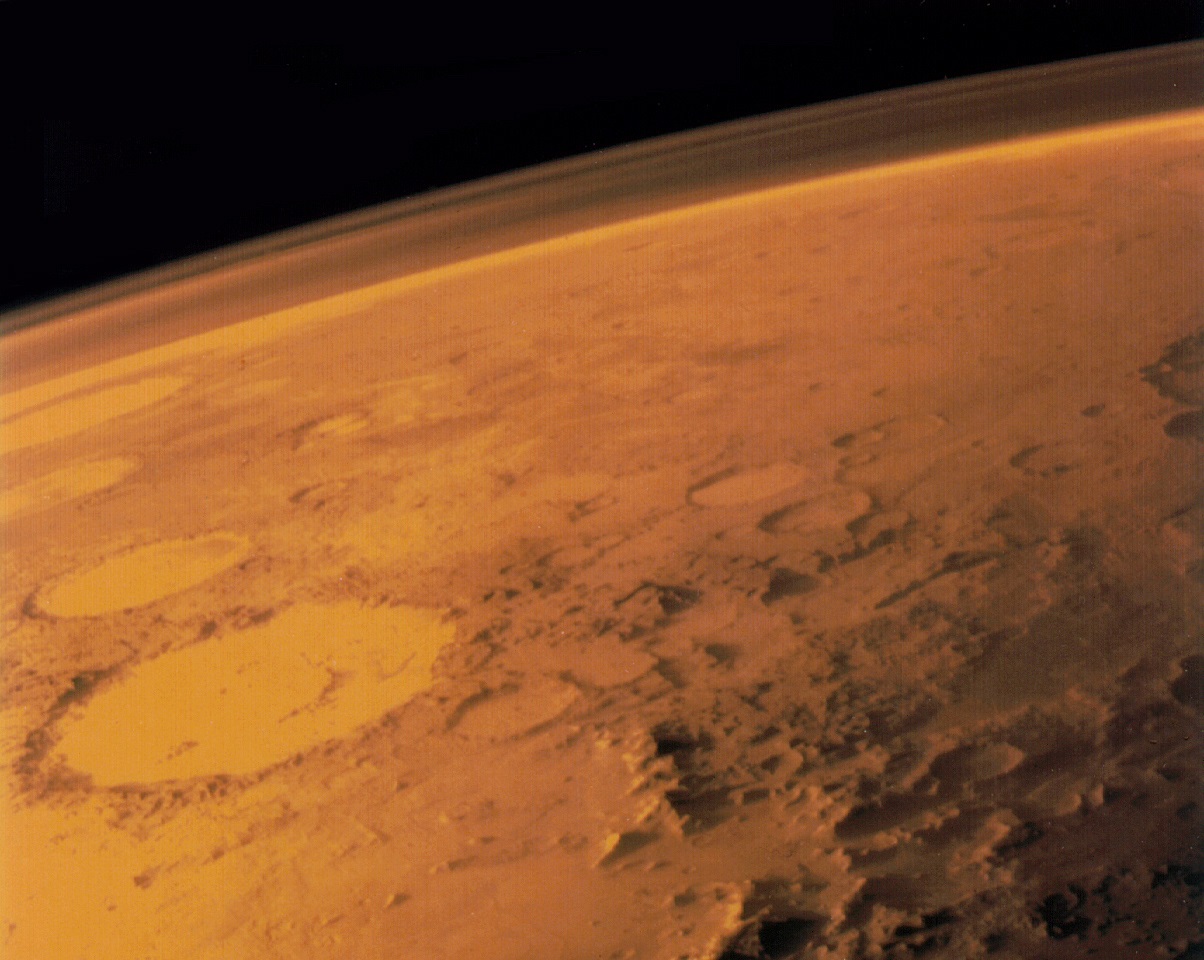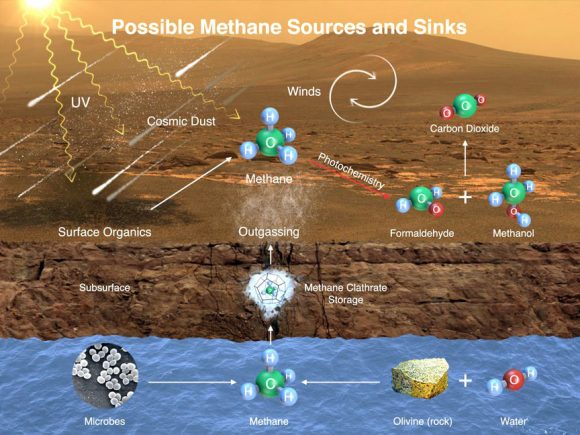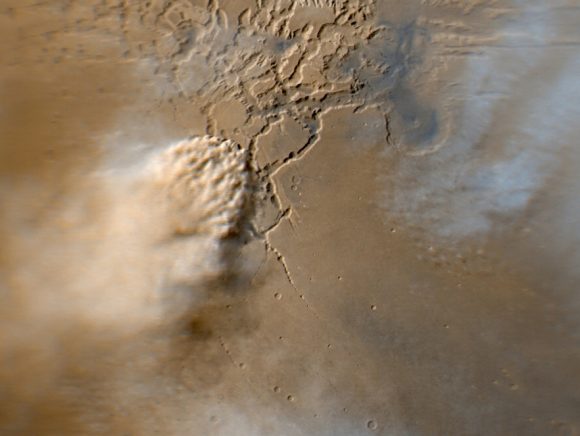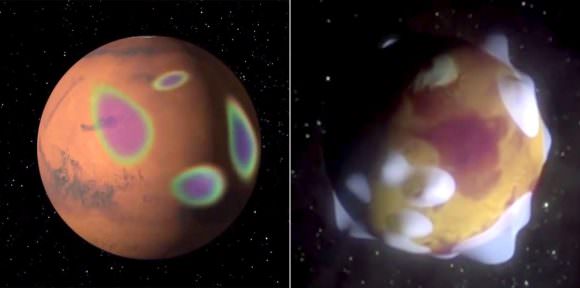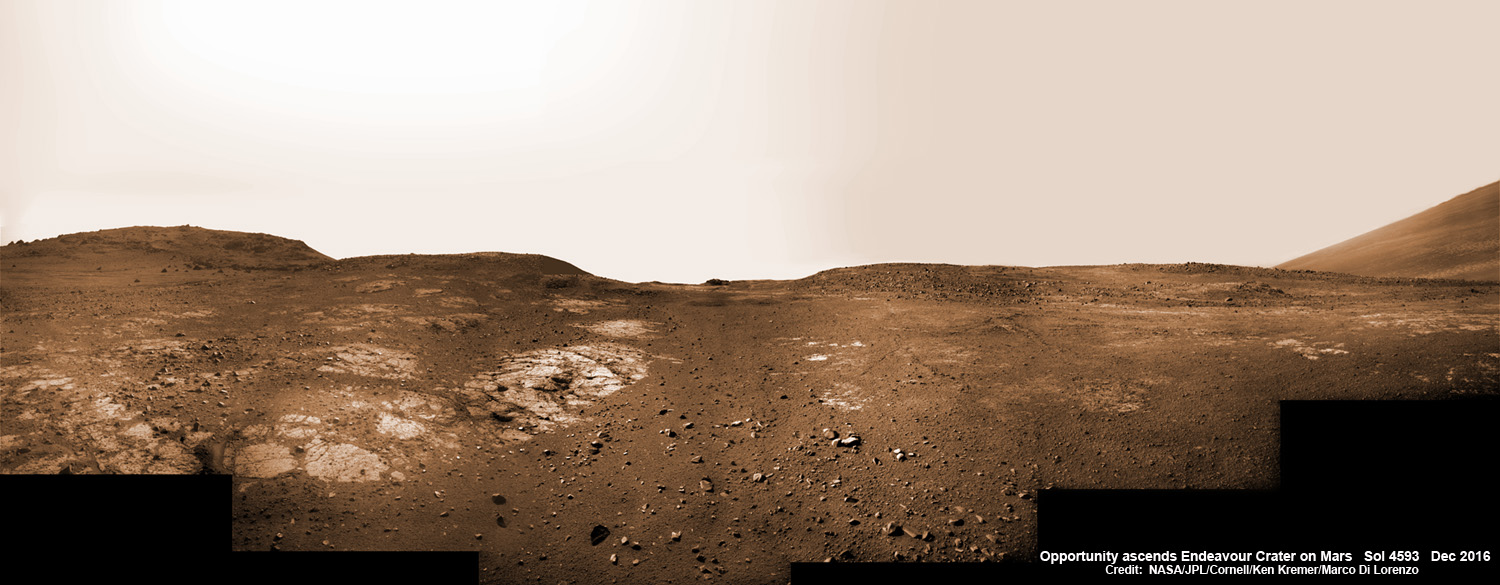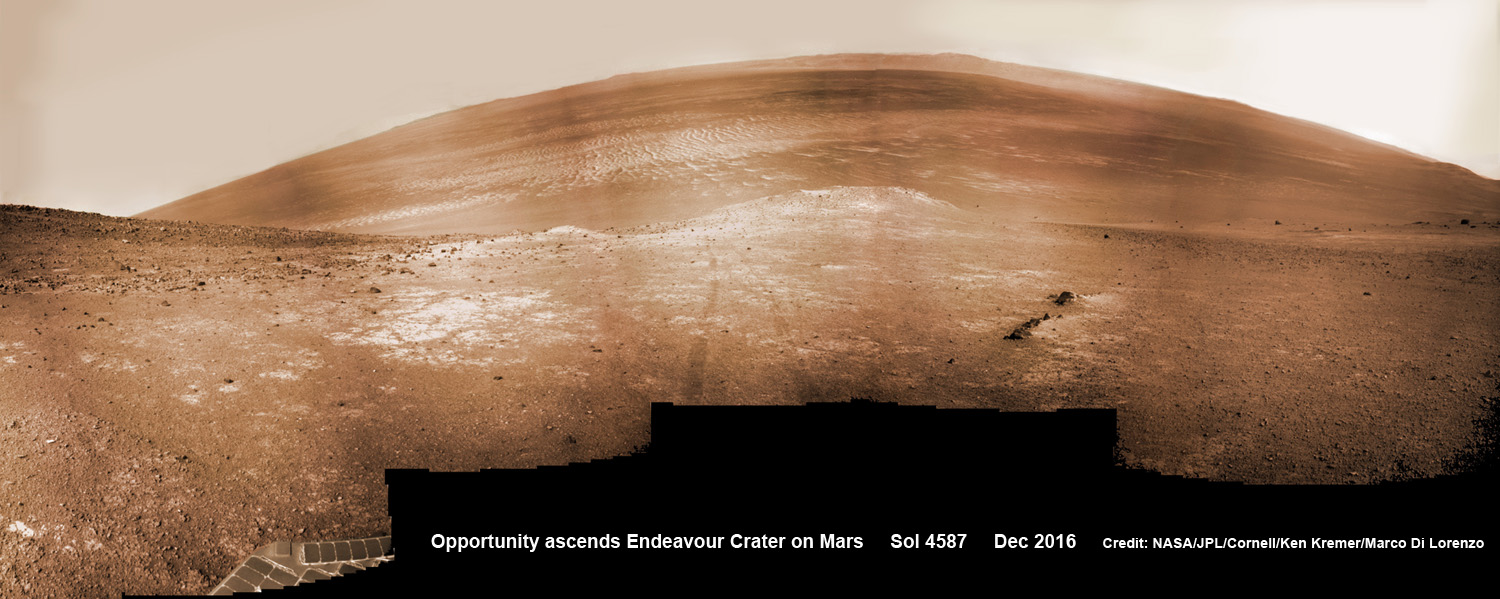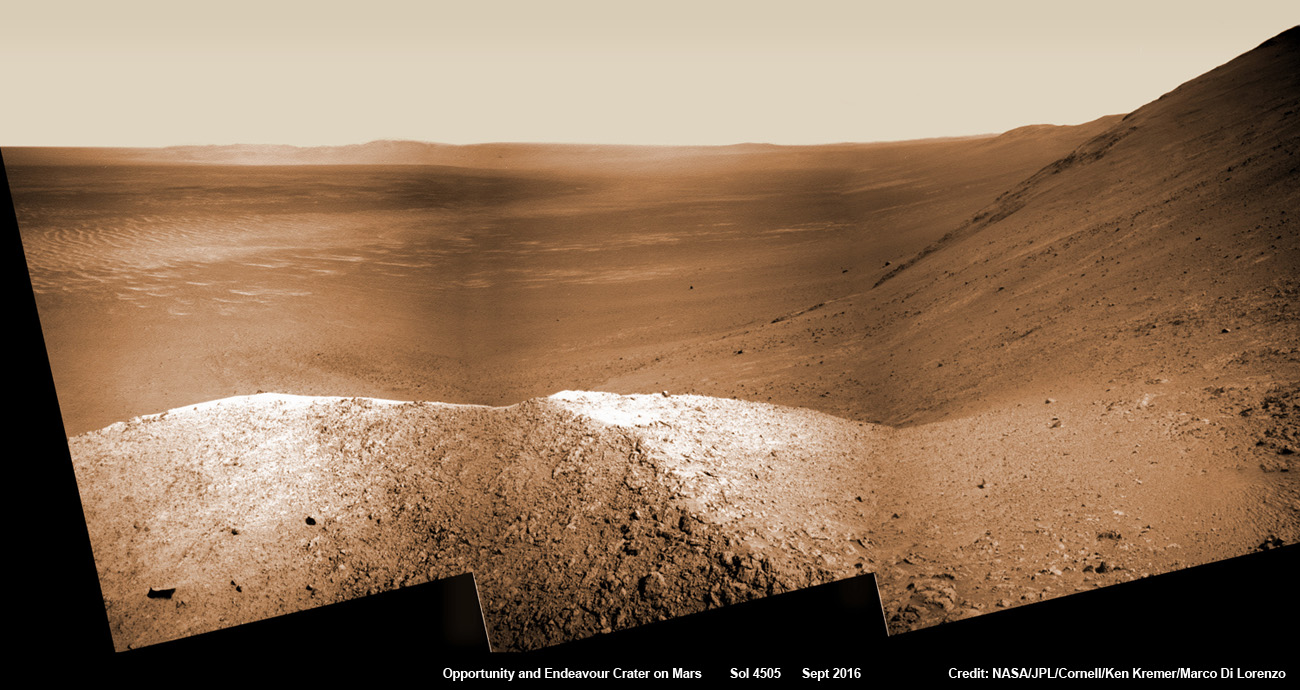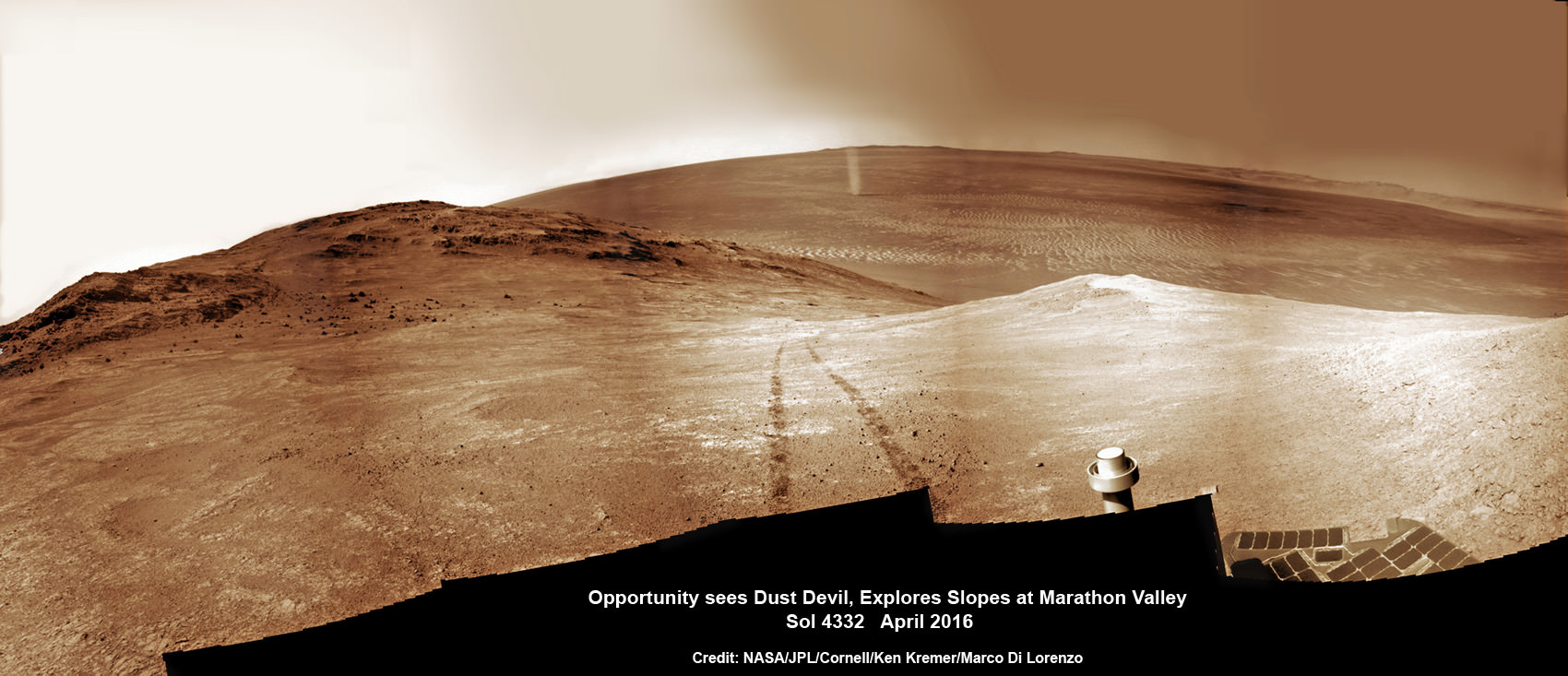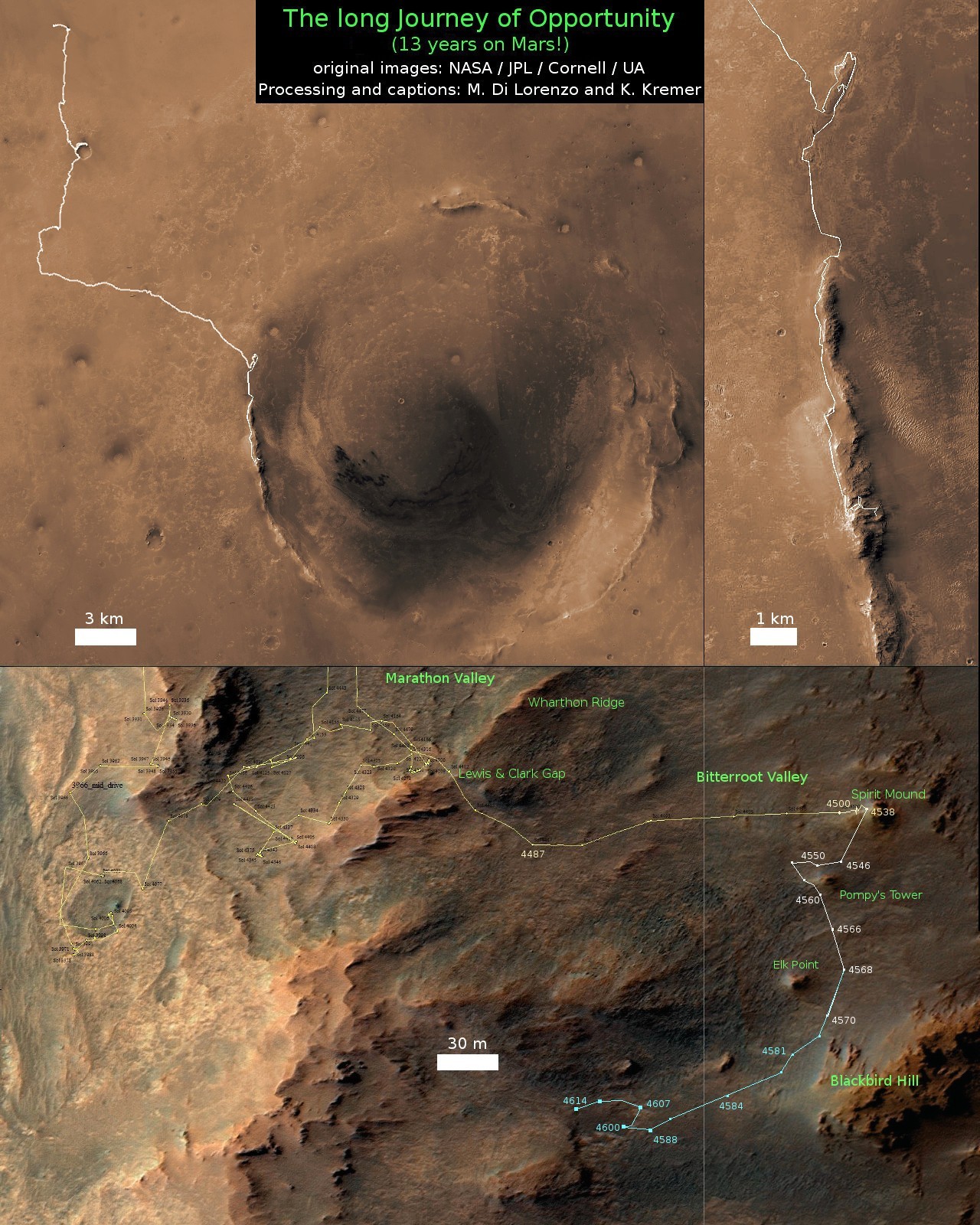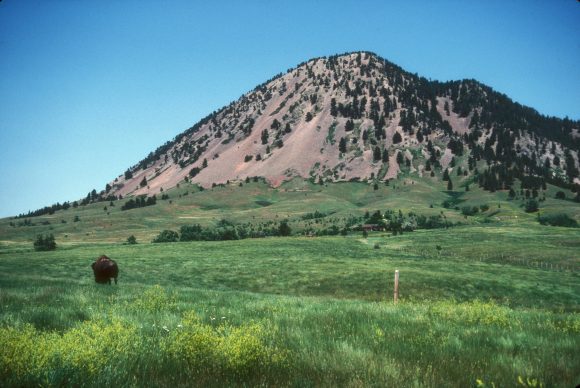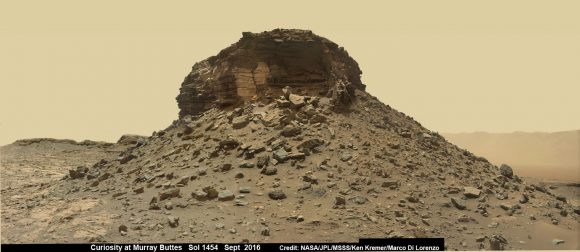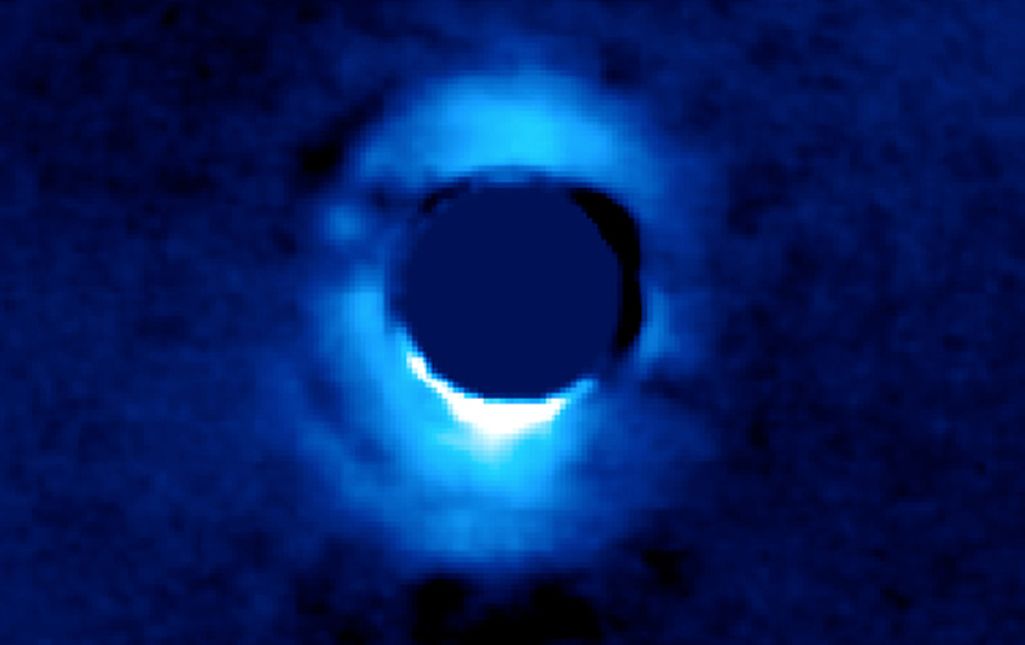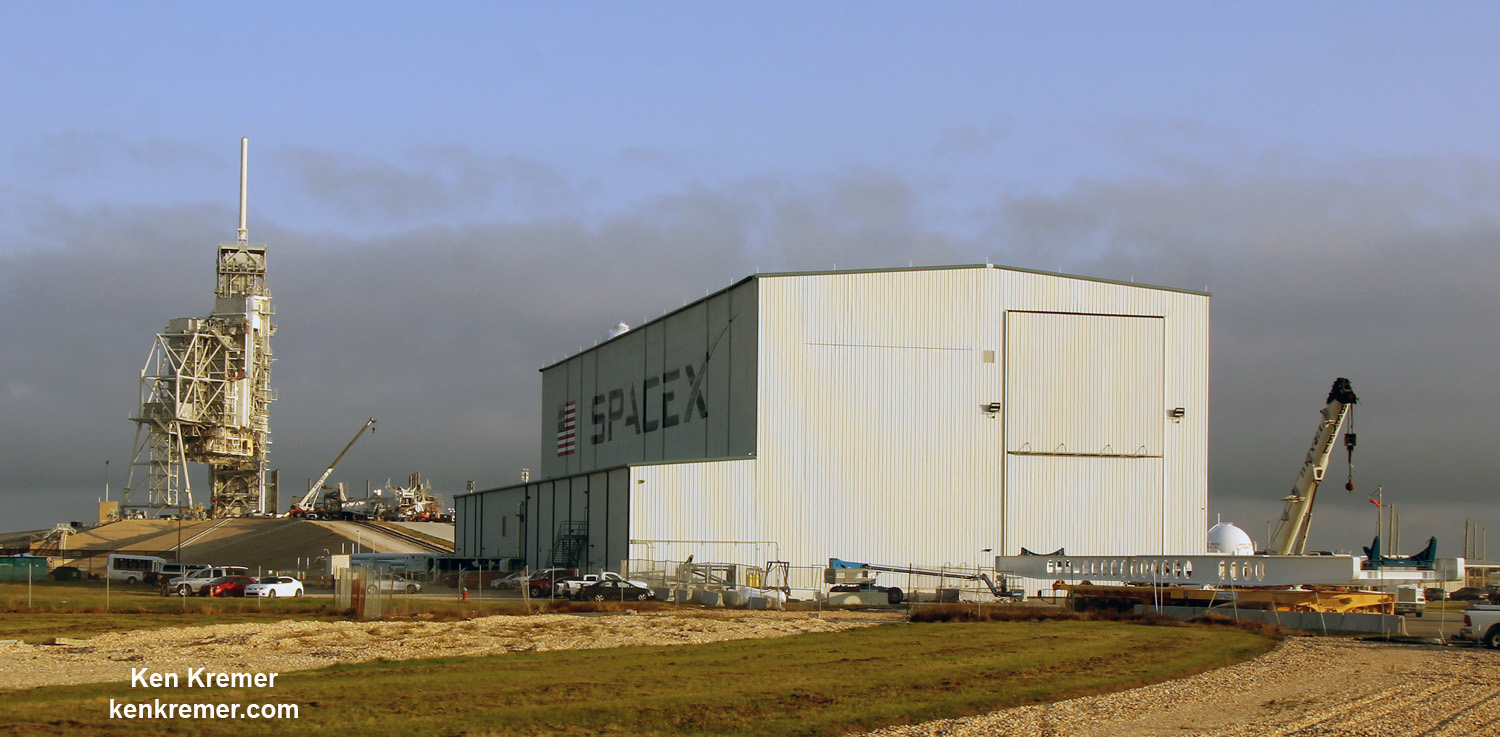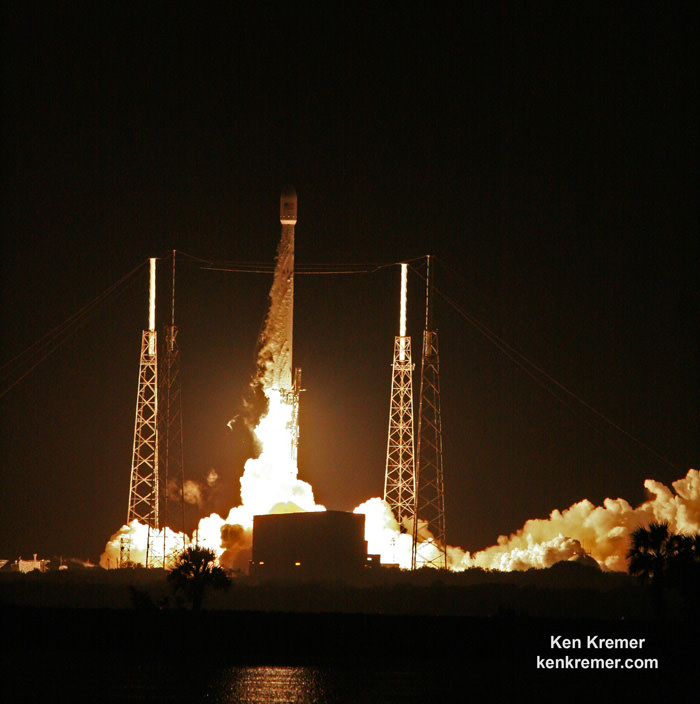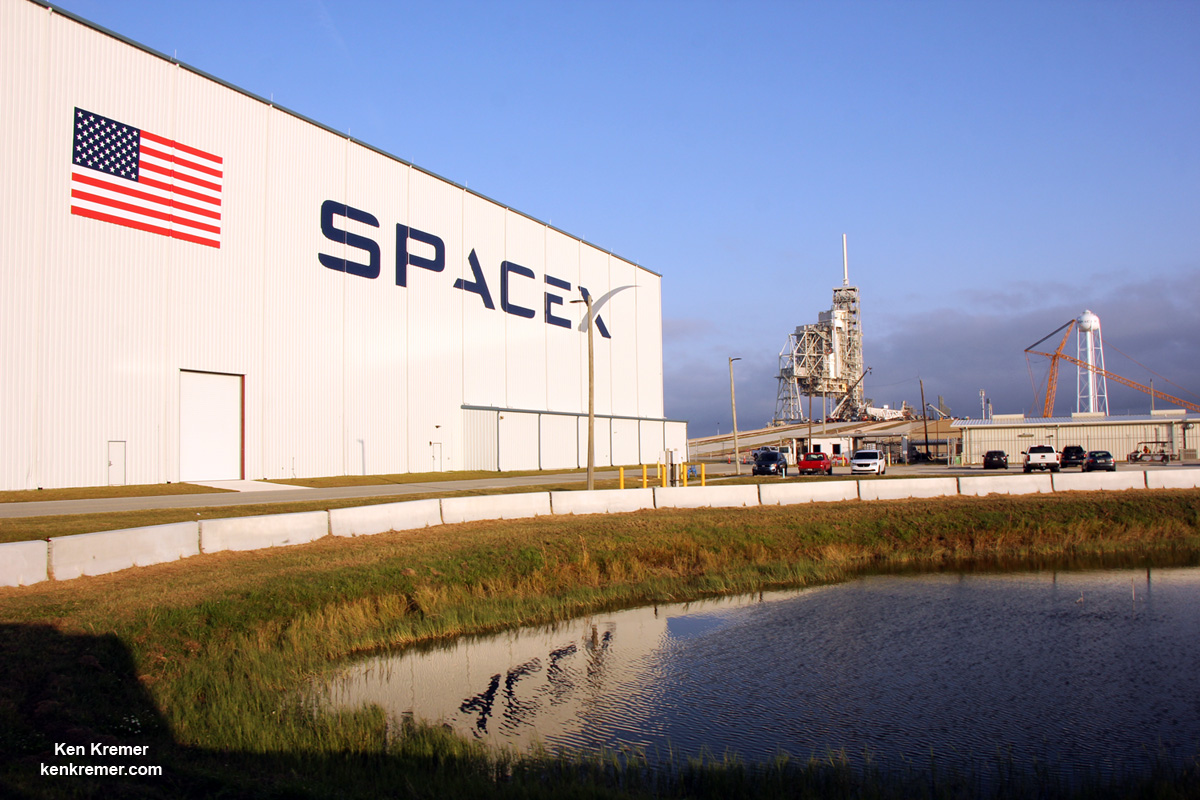In April of 2016, Russian billionaire Yuri Milner announced the creation of Breakthrough Starshot. As part of his non-profit scientific organization (known as Breakthrough Initiatives), the purpose of Starshot was to design a lightsail nanocraft that would be capable of reaching the nearest star system – Alpha Centauri (aka. Rigel Kentaurus) – within our lifetime.
Since its inception, the scientists and engineers behind the Starshot concept have sought to address the challenges that such a mission would face. Similarly, there have been many in the scientific community who have also made suggestions as to how such a concept could work. The latest comes from the Max Planck Institute for Solar System Research, where two researchers came up with a novel way of slowing the craft down once it reaches its destination.
To recap, the Starshot concept involves a small, gram-scale nanocraft being towed by a lightsail. Using a ground-based laser array, this lightsail would be accelerated to a velocity of about 60,000 km/s (37,282 mps) – or 20% the speed of light. At this speed, the nanocraft would be able to reach the closest star system to our own – Alpha Centauri, located 4.37 light-years away – in just 20 years time.

Naturally, this presents a number of technical challenges – which include the possibility of a collision with interstellar dust, the proper shape of the lightsail, and the sheer energy requirements for powering the laser array. But equally important is the idea of how such a craft would slow down once it reached its destination. With no lasers at the other end to apply breaking energy, how would the craft slow down enough to begin studying the system?
It was this very question that René Heller and Michael Hippke chose to address in their study, “Deceleration of high-velocity interstellar photon sails into bound orbits at Alpha Centauri“. Heller is an astrophysicts who is currently assisting the ESA with its preparations for the upcoming PLAnetary Transits and Oscillations of stars (PLATO) mission – an exoplanet hunter being deployed as part of their Cosmic Vision program.
With the help IT specialist Michael Hippke, the two considered what would be needed for interstellar mission to reach Alpha Centauri, and provide good scientific returns upon its arrival. This would require that braking maneuvers be conducted once it arrived so the the spacecraft would not overshoot the system in the blink of an eye. As they state in their study:
“Although such an interstellar probe could reach Proxima 20 years after launch, without propellant to slow it down it would traverse the system within hours. Here we demonstrate how the stellar photon pressures of the stellar triple Alpha Cen A, B, and C (Proxima) can be used together with gravity assists to decelerate incoming solar sails from Earth.”
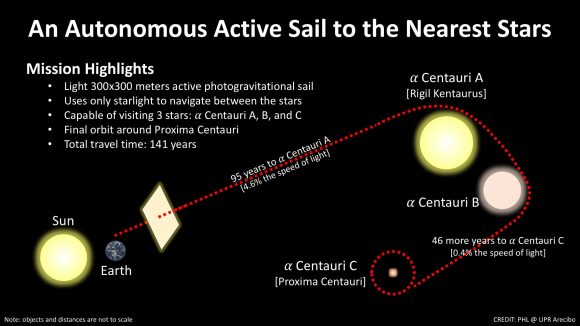
For the sake of their calculations, Heller and Hippke estimated that the craft would weigh less than 100 grams (3.5 ounces), and would be mounted on a sail measuring 100,000 m² (1,076,391 square foot) in surface area. Once these were complete, Hippke adapted them into a series of computer simulations. Based on their results, they proposed an entirely new mission concept that do away with the need for lasers entirely.
In essence, their revised concept called for an Autonomous Active Sail (AAS) craft that would provide for its own propulsion and stopping power. This craft would deploy its sail while in the Solar System and use the Sun’s solar wind to accelerate it to high speeds. Once it reached the Alpha Centauri System, it would redeploy its sail so that incoming radiation from Alpha Centauri A and B would have the effect of slowing it down.
An added bonus of this proposed maneuver is that the craft, once it had been decelerated to the point that it could effectively explore the Alpha Centauri system, could then use a gravity assist from these stars to reroute itself towards Proxima Centauri. Once there, it could conduct the first up-close exploration of Proxima b – the closest exoplanet to Earth – and determine what its atmospheric and surface conditions are like.
Since the existence of this planet was first announced by the European Southern Observatory back in August of 2016, there has been much speculation about whether or not it could be habitable. Having a mission that could examine it to check for the telltale markers – a viable atmosphere, a magnetosphere, and liquid water on the surface – would surely settle that debate.
As Heller explained in a press release from the Max Planck Institute, this concept presents quite a few advantages, but comes with its share of trade offs – not the least of which is the time it would take to get to Alpha Centauri. “Our new mission concept could yield a high scientific return, but only the grandchildren of our grandchildren would receive it,” he said. “Starshot, on the other hand, works on a timescale of decades and could be realized in one generation. So we might have identified a longterm, follow-up concept for Starshot.”
At present, Heller and Hippke are discussing their concept with Breakthrough Starshot to see if it would be viable. One individual who has looked over their work is Professor Avi Loeb, the Frank B. Baird Jr. Professor of Science at Harvard University, and the chairman of the Breakthrough Foundation’s Advisory Board. As he told Universe Today via email, the concept put forth by Heller and Hippke is worthy of consideration, but has its limitations:
“If it is possible to slow down a spacecraft by starlight (and gravitational assist), then it is also possible to launch it in the first place by the same forces… If so, why is the recently announced Breakthrough Starshot project using a laser and not Sunlight to propel our spacecraft? The answer is that our envisioned laser array can push the sail with an energy flux that is a million times larger than the local solar flux.
“In using starlight to reach relativistic speeds, one must use an extremely thin sail. In the new paper, Heller and Hippke consider the example of a milligram instead of a gram-scale sail. For a sail of area ten square meters (as envisioned in our Starshot concept study), the thickness of their sail must be only a few atoms. Such a surface is orders of magnitude thinner than the wavelength of light that it aims to reflect, and so its reflectivity would be low. It does not appear feasible to reduce the weight by so many orders of magnitude and yet maintain the rigidity and reflectivity of the sail material.
“The main constraint in defining the Starshot concept was to visit Alpha Centauri within our lifetime. Extending the travel time beyond the lifetime of a human, as advocated in this paper, would make it less appealing to the people involved. Also, one should keep in mind that the sail must be accompanied by electronics which will add significantly to its weight.”
In short, if time is not a factor, we can envision that our first attempts to reach another Solar System may indeed involve an AAS being propelled and slowed down by solar wind. But if we’re willing to wait centuries for such a mission to be completed, we might also consider sending rockets with conventional engines (possibly even crewed ones) to Alpha Centauri.
But if we are intent on getting there within our own lifetimes, then a laser-driven sail or something similar will have be the way to go. Humanity has spent over half a century exploring what’s in our own backyard, and some of us are impatient to see what’s next door!
Further Reading: Max Planck Institute, ArXiv


